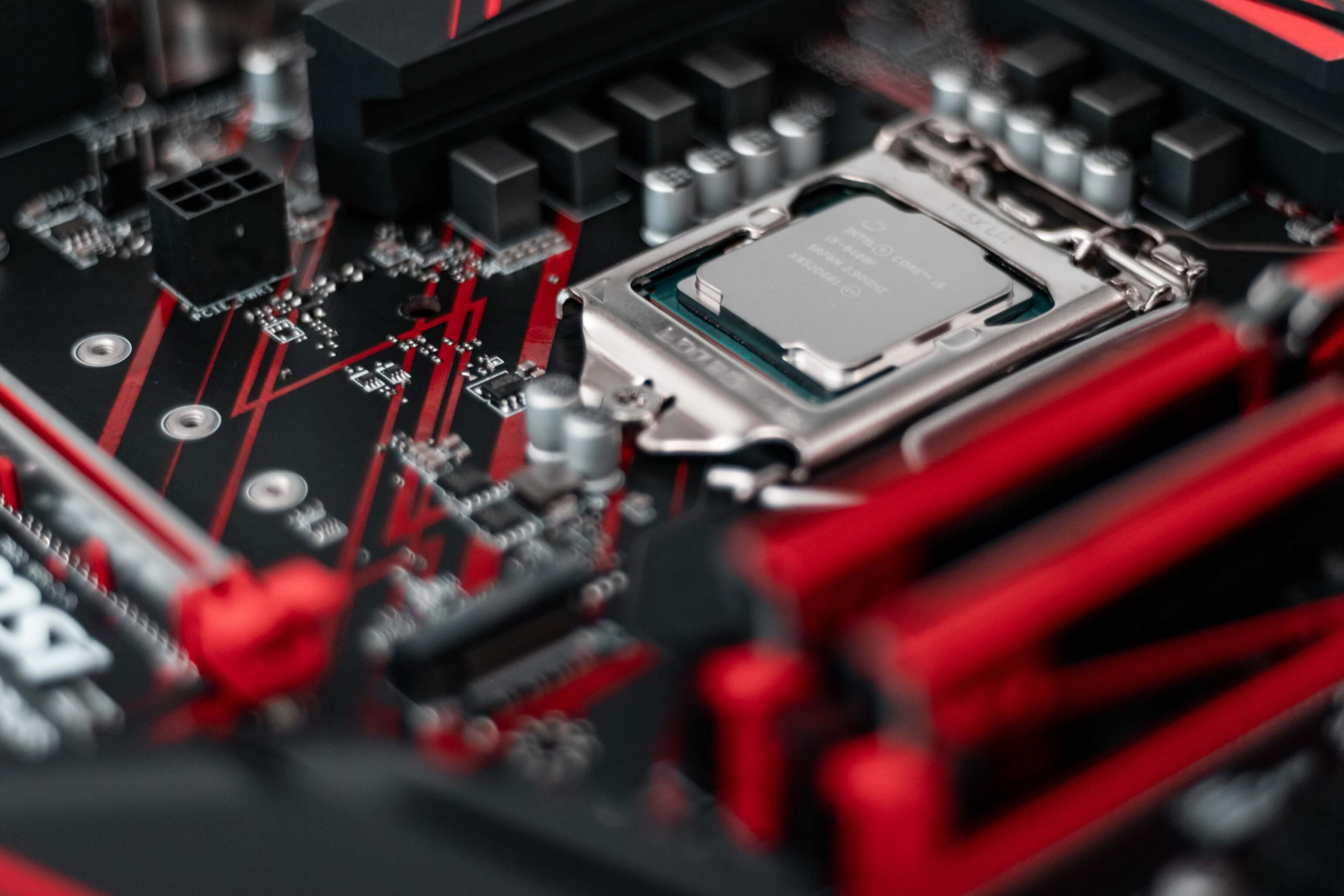It seems clear there that HT is a win for games at least on 4/8 or 6/12 core/thread CPUs exept in a couple cases
Yep indeed, CPUs with limited threads (less than 12) benefit tremendously from Hyper Threading, but more threads than that is not always beneficial because not all games can spawn and distribute threads in a manner that increases performance, especially with all the complications of P cores and E cores, higher clocked cores and slower clocked cores, multiple CCDs, CCDs with 3D cache .. etc.
Too many threads for a given game task requires too much high level synchronization, too many different threads can cause the CPU to run out of caches and suffer stalls. Different cores/threads can also write or read data form the same memory location, causing bugs and performance problems, so you need to hike up the level of synchronization between cores/threads to avoid these problems, but synchronization in itself is costly task. The main synchronization operation to communicate data between cores is often atomic operations, Atomic operations are often significantly more expensive than normal operations, so too much synchronization with them can harm performance badly.
The OS is also another factor, background tasks can hop between threads and cause all kinds of havoc to the game's performance, especially if the game doesn't take this factor into account. Memory bandwidth is also another factor, using RAM that is not fast enough usually leads to regression in performance with HT.
In short, many games find that too many threads is actually a net negative to performance. As such CPU heavy games often limit the number of available threads to the game. For example, Warhammer Darktide have a setting that controls the number of worker threads available to the game, and the max number is always less than the number of available cores, on my 7800X3D system (which has 16 threads), the game only allows me to use 14 threads.



